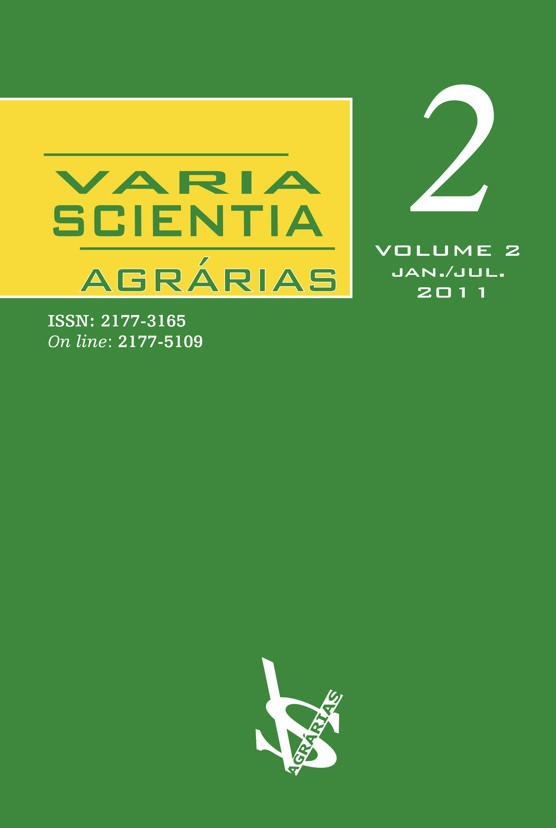MOIRÉ OPTICAL TECHNIQUE FOR EVALUATION OF CASHEW NUTS (Anacardium Occidentale, L.) ISOSTRAIN
Palavras-chave:
Shadow moiré, cashew nuts, mechanical behavior of biological materialResumo
A figure corresponding to 96% of the Brazilian production of cashew nuts is forwared to industrial processing yielding only 50 to 60% of whole kernels. An appropriated knowledge of nut mechanical behavior would be important to support the development of equipment designed to minimize losses during processing. The nut shell is composed of three layers identified as the epicarp, mesocarp and endocarp, which exhibit distinct behavior beyond mechanical excitations. An important class of mechanical loading is recognized to be the contact stress which is generated from the pressure exerted among two elastic bodies in contact. However the structural as well as the geometrical complexity of the nut deserves a suitable methodology to investigate stress distribution in cashew nuts. Shadow moiré technique was identified to support a suitable stress analysis method for the present case. Ten individuals were submitted to the trials, being 05 scarified nuts and 05 non scarified. A conventional optical setup was prepared to support a shadow moiré test. It was observed close correlation between external and internal load distribution. The technique was showed to be efficient to obtain a qualitative correlation of deformation distribution in the endocarp, as well as in the epicarp.


